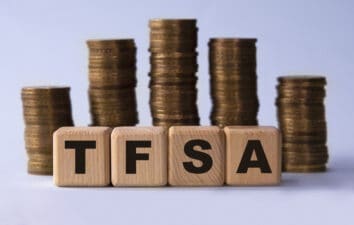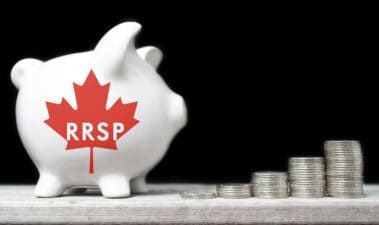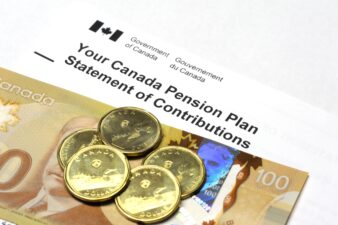Did you know that, in a limited number of circumstances, you can boost the amount of Canada Pension Plan (CPP) benefits you receive each month?
It’s not common knowledge, but it’s true. The main way to do this is to revoke your decision to take benefits and start accumulating future benefits again. You can do this if you first received benefits within the last 12 months. You can also reduce your after-tax CPP by claiming tax breaks that lower your taxable income. In this article, I will explore the two main ways you can increase your CPP pension in 2024 — on the assumption that you are receiving benefits already.
Reversing the decision to take benefits
If you first started receiving CPP benefits within the last 12 months, you can reverse your decision to take benefits. Doing this could result in you getting more CPP in the future. Your CPP benefits increase a little each year for every year you delay taking them past the age of 60. From age 70 and beyond, no further benefits accumulate.
Lowering your after-tax CPP amount
You can increase your after-tax CPP amount by lowering your taxable income. There are many ways to lower your taxable income (claim more tax breaks, work less hours, etc). One of the most straightforward of these is to make Registered Retirement Savings Plan (RRSP) contributions. Making RRSP contributions gives you a tax deduction that lowers your taxable income. If you make an RRSP contribution in a given year, you will get a tax refund in the next year. If CPP is your only income, then the refund you get represents “recovered” CPP money.
Now, making RRSP contributions just to take home more CPP isn’t a great idea. RRSP contributions are not worth it overall unless you realize positive investment returns in your account. Realizing such returns is one of the keys to utilizing your RRSP properly.
As for what types of investments you should hold in your RRSP, index exchange-traded funds (ETFs) like iShares S&P/TSX Capped Composite Index Fund (TSX:XIC), are a great place to start. Such funds are extremely diversified, which reduces the risk inherent in them. As a result of this risk reducing quality of ETFs, they require less research and financial savvy than individual stock positions do.
We can use XIC as an example of a pretty typical index fund. It’s a fund that tracks the S&P/TSX Capped Composite Index — the 240 largest Canadian stocks. XIC actually holds 226 of those stocks, making it pretty representative of the index it’s based on.
226 stocks is a considerable number, giving XIC a significant diversification benefit. The fund also boasts a very low management fee — about 0.04% — and is traded in high volume, which lowers transaction costs even further. On the whole, it is a worthy asset to consider holding in your RRSP.
None of this means you should go out and start investing in an RRSP just to take home more CPP. RRSP contributions are not worth it just for the tax break alone; they need to produce investment returns to be worth it. On the whole, though, investing in an RRSP is a good idea.






